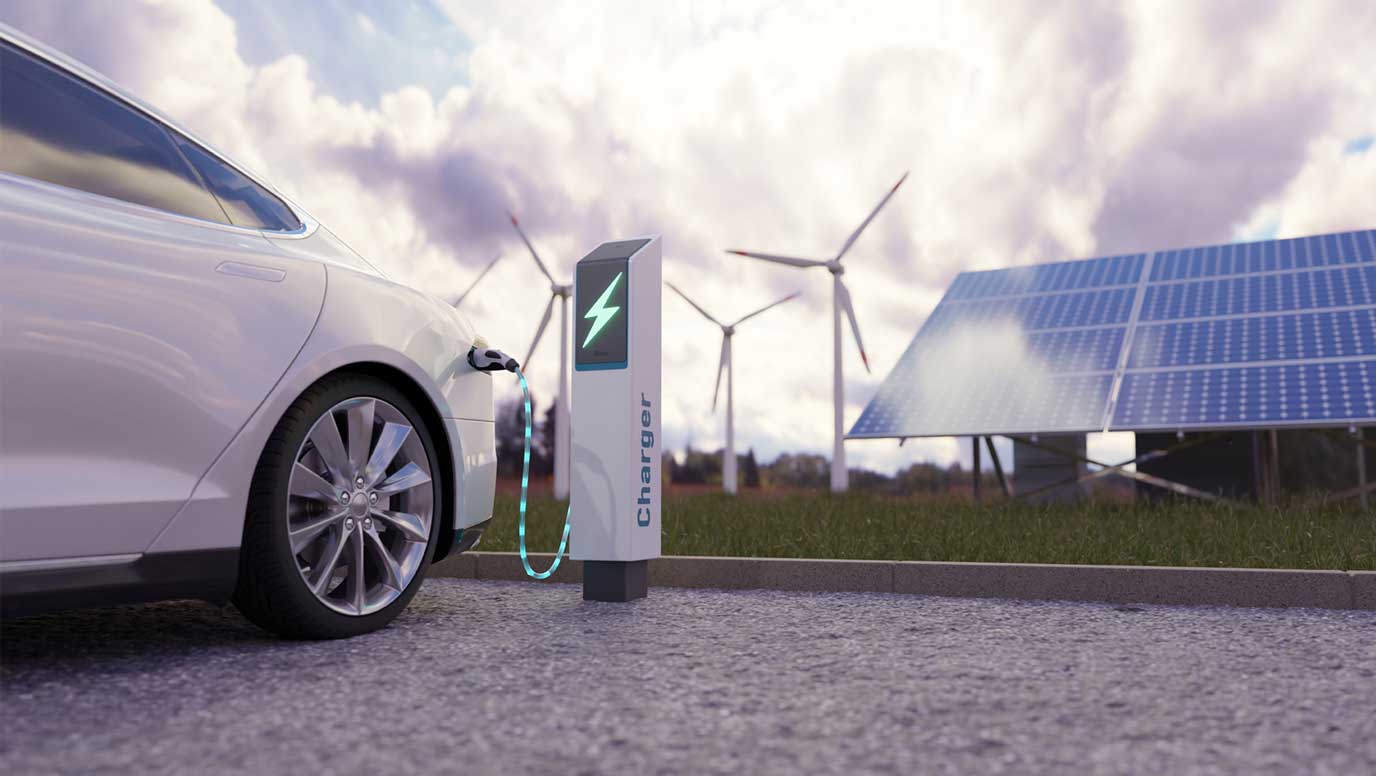2025 – what lies in store?

Personally, I have once again joined the many others who will try (and mostly fail) to reduce my weight and be more productive so as to have more time to enjoy life, writes Stephen Hodsdon, a partner in J A Kemp’s Cambridge office and head of the firm’s CleanTech practice.
However, limiting myself to fields of technology and intellectual property, what might 2025 have in store? Here are a couple of predictions, one technological and one in IP.
CleanTech
2025 will see a significant breakout CleanTech innovation. Perhaps I say this more in hope than as a prediction but it feels like we have been on the cusp of this for a while and so maybe this will be the year.
There is no doubt that a significant proportion of the best brains in the world are already devoted to developing solutions to climate change, many of them here in Cambridge. There is also no shortage of good ideas coming out of that effort.
However, whilst it is certainly true that “every little helps”, it seems like some time since a truly transformative technology made it to the widescale adoption level that is needed to significantly move the dial.
The barriers to this are, as all entrepreneurs and investors will know, as much commercial as technological. Current de facto technologies in this field such as silicon photovoltaics and lithium ion batteries took years, if not decades, to reach a level of maturity where they were not only suitable but also affordable for widespread use.
I have deliberately avoided picking a particular technology here. Will 2025 be the year we see one of the big CO2 emitters such as shipping, cement or fertiliser be truly revolutionised in a way that solar and wind power have changed energy? Or perhaps the breakthrough will be in energy storage, or a practical (and even profitable) form of carbon capture?
More Unitary Patents
2025 will see an even greater proportion of European Patents brought into force as Unitary Patents. I feel on safer ground here; we are not even two years into this new era of patent protection and enforcement in Europe but the Unitary Patent and its counterpart the Unified Patent Court (UPC) have become part of the IP landscape in a way that its proponents might say was inevitable, yet was never that certain.
The final figures for 2024 show that over a quarter of all granted European patents were brought into effect as Unitary Patents, up from a sixth in 2023. For European-based applicants, the proportion is over a third, rising from a quarter a year earlier.
There will be a natural limit, but I suspect that we are not approaching it yet and so the proportions, particularly at the overall level, will continue to rise. The potential cost benefits for patentees from opting for Unitary Patents were always evident and indeed were one of the key drivers for its introduction.
Although the exact numbers are dependent on a number of case-dependent factors, the Unitary Patent offers protection in 18 EU countries for the same cost as around six. However, there was a natural reticence towards these patents being subject to the jurisdiction of the new, and untested, UPC. However, the UPC seems to be building a level of trust that is likely to reduce that barrier.
To date, the court has been neither under-worked nor over-stretched and has largely delivered on its promise of rapid decision-making. Moreover, the initial decisions have been largely along the lines that would have been expected from the corresponding national courts.
Despite Unitary Patents not covering the UK, it has been reassuring to see that the UK legal profession, and patent attorneys in particular, has been a key part of representation at the UPC in these early stages and I am confident that this will continue.


